About products and suppliers
방대한 곳을 찾아보세요. Alibaba.com의 waspaloy 바 범위. waspaloy 바는 에너지 공급 및 이전부터 주조 코인에 이르기까지 다양한 산업에서 사용됩니다. 이 고급 제품의 순도는 최대 99.9 %입니다. 그만큼. waspaloy 바는 친환경적이고 에너지 효율적입니다.
waspaloy 바 순수 및 합금 형태의 호일, 파이프 또는 스트립은 Alibaba.com에서 구할 수 있습니다. 완전히 재활용 가능한 금속 스크랩으로 제공되며 회수율이 높습니다 .. waspaloy 바는 열과 부식에 강합니다. 이 제품은 다른 금속 합금을 녹이기위한 도가니를 만드는 데 매우 적합합니다. 순금속 스트립은 충전식 배터리에서 두드러지게 특징입니다. 또한 온도와 압력에 대한 저항력을 높이기 위해 코팅 및 전기 도금에 필수적입니다. waspaloy 바는 비용과 유지 보수 요구 사항이 적기 때문에 재생 에너지 생산의 핵심 요소로 적용 할 수 있습니다.
관련 중요 사양. 사용자는 무게, 부피 치수 및 저항과 같은 waspaloy 바를 사용할 수 있으므로 정보에 입각 한 구매 결정을 내릴 수 있습니다. 인증 됨. waspaloy 바는 가장 높은 표준을 준수하는 규제 된 산업 공정에 따라 제조됩니다. waspaloy 바는 복합 강도가 높고 제품이 벗겨 지거나 깨지는 경향이 적습니다. 대부분의 주방 및 욕실 배관 설비에서 일반적인 스테인리스 강의 주요 구성 요소입니다. waspaloy 바는 소프트 어닐링과 같은 다양한 절차에도 관여합니다.
품질을 확인하세요. Alibaba.com의 waspaloy 바 거래 및 행사. 이러한 우수한 품질의 제품으로 비즈니스를 활성화하고 잠재 고객을 유치 할 수 있습니다. 승인 된 판매자 및 유통 업체의 대량 구매 주문을 살펴보세요.
waspaloy 바 순수 및 합금 형태의 호일, 파이프 또는 스트립은 Alibaba.com에서 구할 수 있습니다. 완전히 재활용 가능한 금속 스크랩으로 제공되며 회수율이 높습니다 .. waspaloy 바는 열과 부식에 강합니다. 이 제품은 다른 금속 합금을 녹이기위한 도가니를 만드는 데 매우 적합합니다. 순금속 스트립은 충전식 배터리에서 두드러지게 특징입니다. 또한 온도와 압력에 대한 저항력을 높이기 위해 코팅 및 전기 도금에 필수적입니다. waspaloy 바는 비용과 유지 보수 요구 사항이 적기 때문에 재생 에너지 생산의 핵심 요소로 적용 할 수 있습니다.
관련 중요 사양. 사용자는 무게, 부피 치수 및 저항과 같은 waspaloy 바를 사용할 수 있으므로 정보에 입각 한 구매 결정을 내릴 수 있습니다. 인증 됨. waspaloy 바는 가장 높은 표준을 준수하는 규제 된 산업 공정에 따라 제조됩니다. waspaloy 바는 복합 강도가 높고 제품이 벗겨 지거나 깨지는 경향이 적습니다. 대부분의 주방 및 욕실 배관 설비에서 일반적인 스테인리스 강의 주요 구성 요소입니다. waspaloy 바는 소프트 어닐링과 같은 다양한 절차에도 관여합니다.
품질을 확인하세요. Alibaba.com의 waspaloy 바 거래 및 행사. 이러한 우수한 품질의 제품으로 비즈니스를 활성화하고 잠재 고객을 유치 할 수 있습니다. 승인 된 판매자 및 유통 업체의 대량 구매 주문을 살펴보세요.


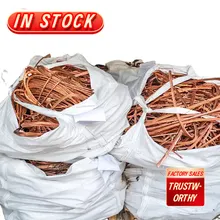







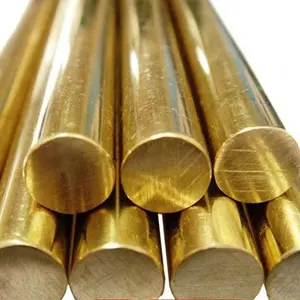
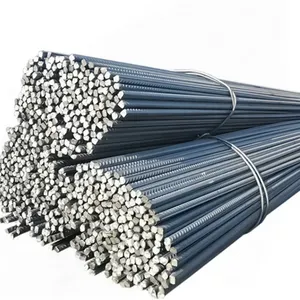






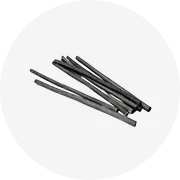
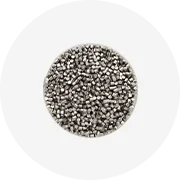

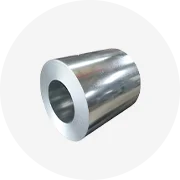









 浙公网安备 33010002000092号
浙公网安备 33010002000092号 浙B2-20120091-4
浙B2-20120091-4